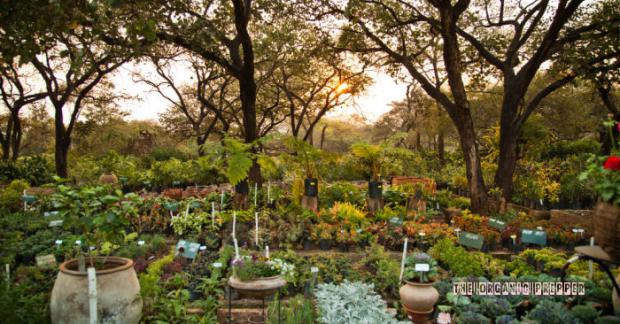
Breaking News
 Trump DEPLOYS Election Monitors To Blue States, Democrats SCREAM RIGGED ELECTION
Trump DEPLOYS Election Monitors To Blue States, Democrats SCREAM RIGGED ELECTION
 Tucker Carlson: The Nick Fuentes Interview
Tucker Carlson: The Nick Fuentes Interview
 President Trump Needs to Turn Attention to Our Problems
President Trump Needs to Turn Attention to Our Problems
Top Tech News
 Graphene Dream Becomes a Reality as Miracle Material Enters Production for Better Chips, Batteries
Graphene Dream Becomes a Reality as Miracle Material Enters Production for Better Chips, Batteries
 Virtual Fencing May Allow Thousands More Cattle to Be Ranched on Land Rather Than in Barns
Virtual Fencing May Allow Thousands More Cattle to Be Ranched on Land Rather Than in Barns
 Prominent Personalities Sign Letter Seeking Ban On 'Development Of Superintelligence'
Prominent Personalities Sign Letter Seeking Ban On 'Development Of Superintelligence'
 Why 'Mirror Life' Is Causing Some Genetic Scientists To Freak Out
Why 'Mirror Life' Is Causing Some Genetic Scientists To Freak Out
 Retina e-paper promises screens 'visually indistinguishable from reality'
Retina e-paper promises screens 'visually indistinguishable from reality'
 Scientists baffled as interstellar visitor appears to reverse thrust before vanishing behind the sun
Scientists baffled as interstellar visitor appears to reverse thrust before vanishing behind the sun
 Future of Satellite of Direct to Cellphone
Future of Satellite of Direct to Cellphone
 Amazon goes nuclear with new modular reactor plant
Amazon goes nuclear with new modular reactor plant
 China Is Making 800-Mile EV Batteries. Here's Why America Can't Have Them
China Is Making 800-Mile EV Batteries. Here's Why America Can't Have Them
How to Create a Food Forest in Your Backyard

Creating a food forest in your own backyard is a great way to produce your own food, reduce your carbon footprint, and create a sustainable living environment. A food forest is a low-maintenance, sustainable system that mimics a natural forest ecosystem, with layers of plants that work together to provide food and other benefits.
In this article, we will discuss the steps you can take to create a food forest in your own backyard.
Step 1: Assess Your Site
The first step in creating a food forest is to assess your site. Look at the soil type, topography, climate, and existing vegetation to determine which plants will thrive in your environment. Consider the amount of sunlight your site receives each day, as well as any natural water sources or drainage patterns. You may also want to conduct a soil test to determine the pH and nutrient levels.
Assessing your site is a crucial step in creating a food forest, as it will impact the success of your project. You need to consider several factors such as soil type, topography, climate, and existing vegetation.
Soil type: The soil type will determine what kind of plants will thrive in your area. For example, if you have sandy soil, you will need to choose plants that are adapted to grow in that environment. To determine your soil type, you can conduct a soil test and look at the soil texture.
Topography: The topography of your site will impact the water flow and drainage patterns. You need to consider how water flows through your site and where it collects. This will help you design your food forest to capture and manage water efficiently. Another important point here is concealment. Using the terrain in your favor you can avoid many problems.
Climate: The climate of your area will determine what kind of plants will grow well. You need to consider the average temperature, rainfall, and growing season. You can research your area's USDA hardiness zone to determine which plants are suitable for your area.
Existing vegetation: You need to consider the plants that are already growing in your area. If you have a lot of trees, you may need to design your food forest around them. You can also incorporate existing vegetation into your food forest design and choose plants that complement them.
By assessing your site, you can determine which plants will thrive in your area and create a food forest that is sustainable and low maintenance. It is important to choose plants that are adapted to your area to ensure the success of your food forest.

 XAI Releases Grokipedia 0.1
XAI Releases Grokipedia 0.1
 China Innovates: Transforming Sand into Paper
China Innovates: Transforming Sand into Paper

